- This was originally authored by Chiara Mensa, Senior Designer at DrawHistory.
These are examples of what we would conventionally label as “static brand identities” (at least in their original iteration) — a structured visual system of logo, colour palette, typefaces and styling guidelines which work together to effectively communicate the ethos, mission and identity of a company.
What you might not be as familiar with is the interesting and exciting new approach that has been stirring things up in the branding world, “dynamic brand identities”. This new approach has been introduced in recent years and it has been explored and explained in great detail by Irene Van Nes in her book “Dynamic Identities: How to Create a Living Brand”. In a nutshell, a dynamic identity is a visual system that pushes the boundaries of the traditional static logo design we’re so familiar with, instead opting for logo systems with a higher level of adaptability, flexibility and personalization.
The brand mark itself becomes a visual element capable of evolving and adapting to respond to changing variables, situations and social contexts. The result, a visually cohesive and highly expressive set of mark variations. Pretty cool, huh?
Why dynamic identities and why now?
A variety of factors have been contributing to the rise of dynamic brands. From the need for flexible digital application of brand identities across multiple devices and screen sizes, to the latest developments in the way we interact with the world and other humans around us — still following? Allow me to explain.
In recent years, society has gradually shifted to a model strongly focused on the individual, placing personal experiences before collective ones. These days people don’t want an app or service to simply provide them with useful albeit generic content, they crave more — they want their content curated and tailored to them as individuals with unique needs and preferences.
This is not to say that a deep sense of community and pop culture are irrelevant in the modern world, but simply that if a brand identity ignores this societal shift it may well struggle to communicate the values and aims of a company effectively. I believe as individuals see and experience contexts and objects disparately, it makes sense for brand identities to be able to flex and adapt to our fluid, modern world.
No one size fits all
As I mentioned earlier, when it comes to dynamic brand identities it’s important they are “adaptable, fluid, evolving, growing, and customisable”, so it’s not hard to imagine why there are many different methods you could use when designing an effective dynamic brand. Here’s a quick overview of the main ones…
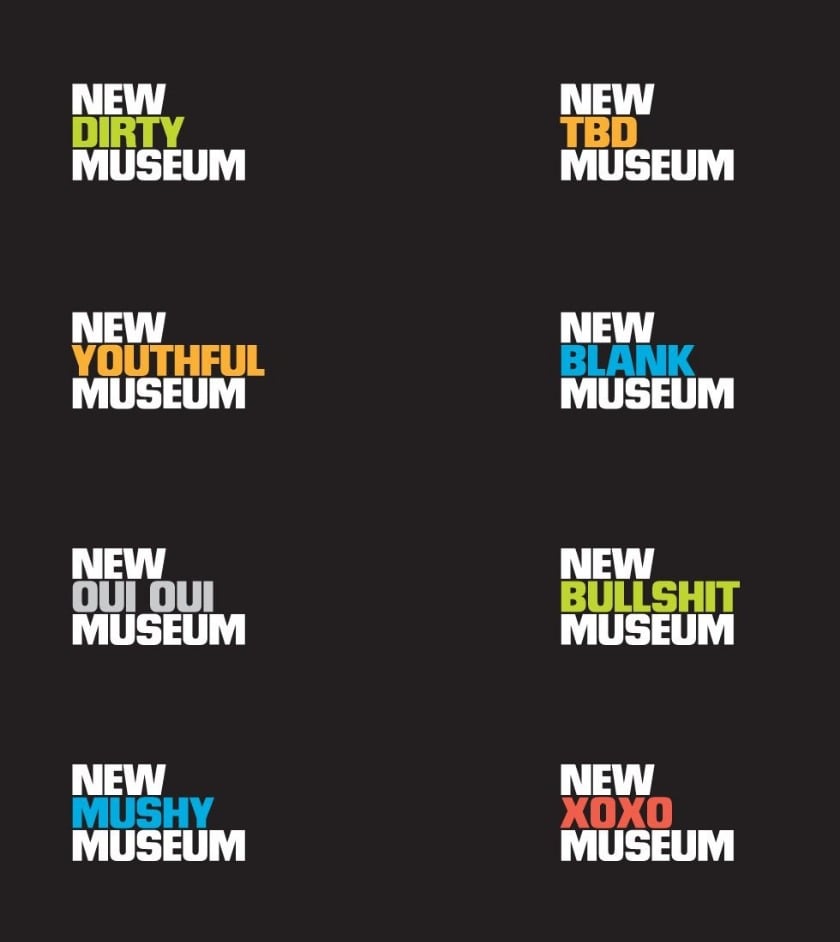
Formulaic
This is the simplest strategy for designing a dynamic brand. A sub-brand is generated from a parent logo by adding an extra element or tagline. Colour is added by applying a colour coding convention, which is usually guided by the wider colour palette guidelines of the parent brand. The base, structural brand mark usually remains unaltered, serving as a unifying element across the dynamic identities.
The formulaic approach proves itself to be very useful and appropriate when creating a dynamic identity of say, a product offering or different branches of an organization. Below are some handy examples of the formulaic approach in action.
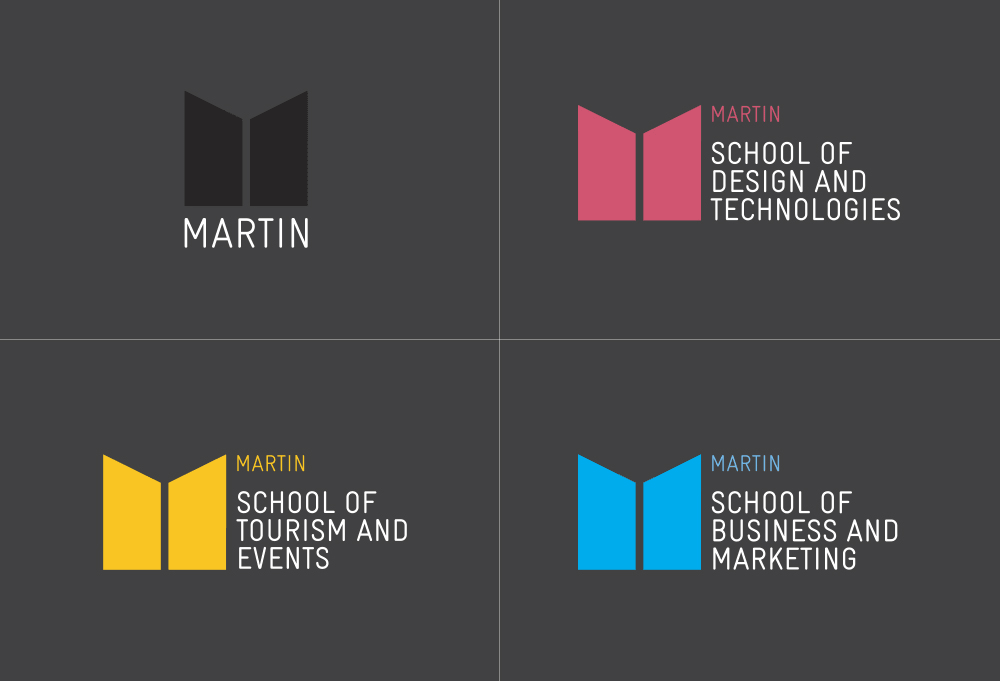
Container
This is another fairly straightforward strategy for creating dynamic brand identities. In this case, sub-brands are created by adding bespoke graphics to a parent logo. The parent logo acts as a unifying device, a container that carries the differentiation of the sub-brand. The bespoke graphics can be patterns, vectors or photographic imagery and anything that can convey the different aspects living within the parent brand. This Container approach to dynamic branding appears to lend itself especially well for Museums and Art Institutes, examples of which you can see below.


Base Geometries
This approach sees the generation of sub-brands using bespoke graphics derived from a parent logos base geometries. The resulting visuals that make up the dynamic identity usually depict different attributes of the parent brand, or may represent sub-units of the global object or organization.
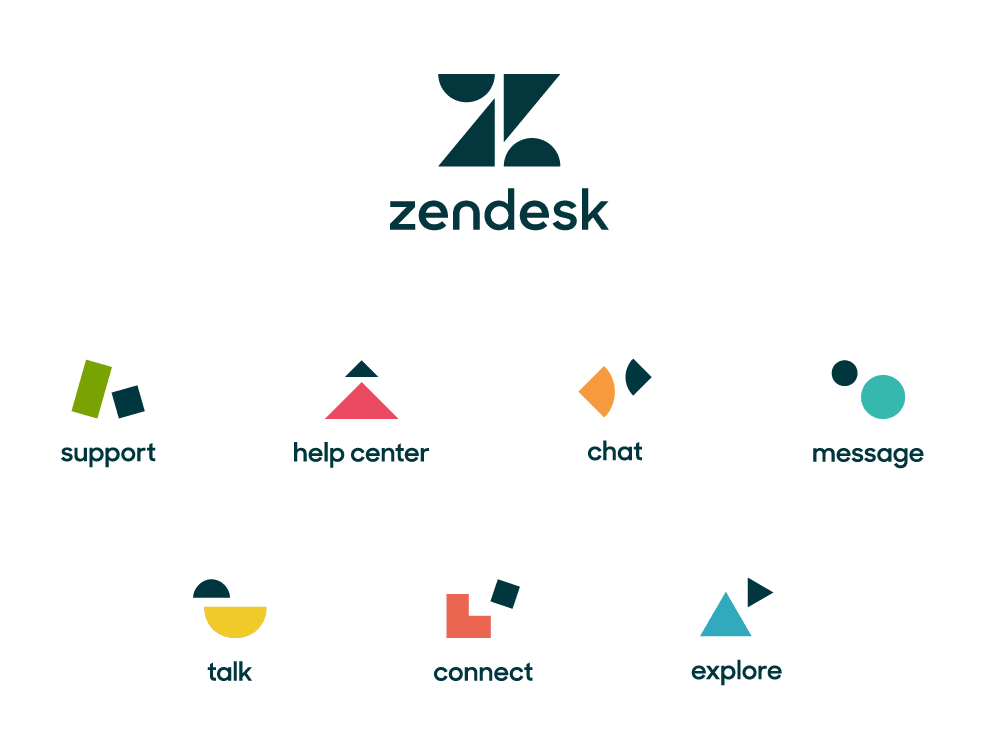
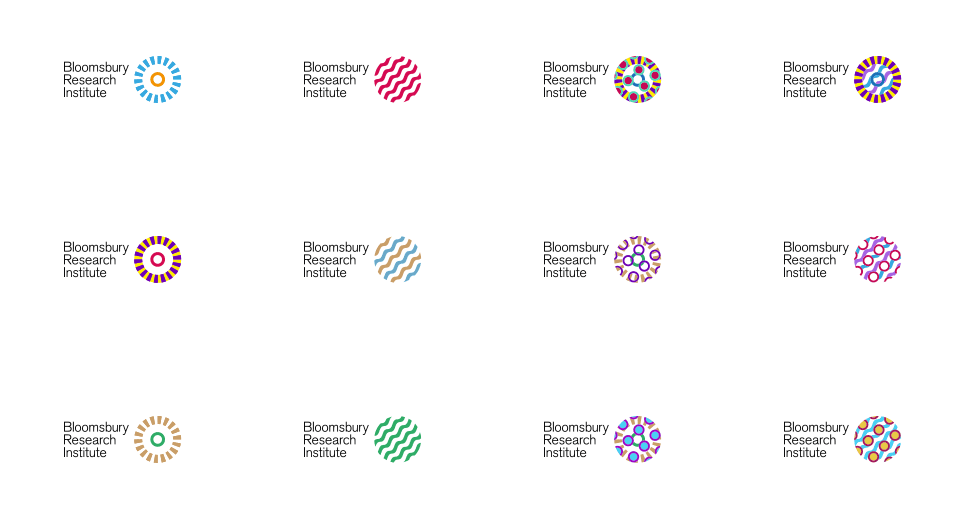
Grid Customizations
This is a more articulate, specific strategy for creating a dynamic brand identity. In this case, a sub-brand is generated from a parent logo using a base grid. This grid is drawn or traced over for each sub-brand and the ways this is carried out, usually represents the variety of elements which are contained within the parent group. Below are some examples of this done really well.
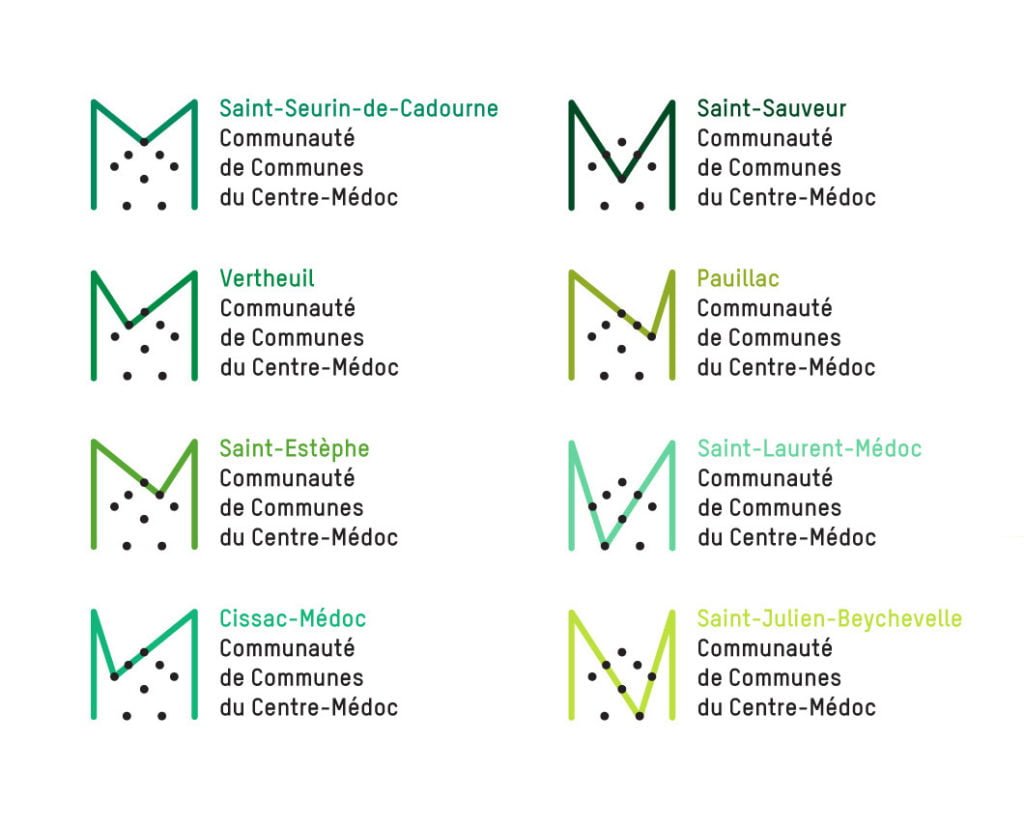
Variable Customizations
The final approach I will cover here, variable-based customization, represents a higher level of brand identity customization. A sub-brand is generated from a parent logo through the distortion of shapes and/or variations of the parent logo. These variations and shapes are guided by parameters strongly linked with individual or unique aspects of say, a product or values of a company. Check out these great examples of this below.
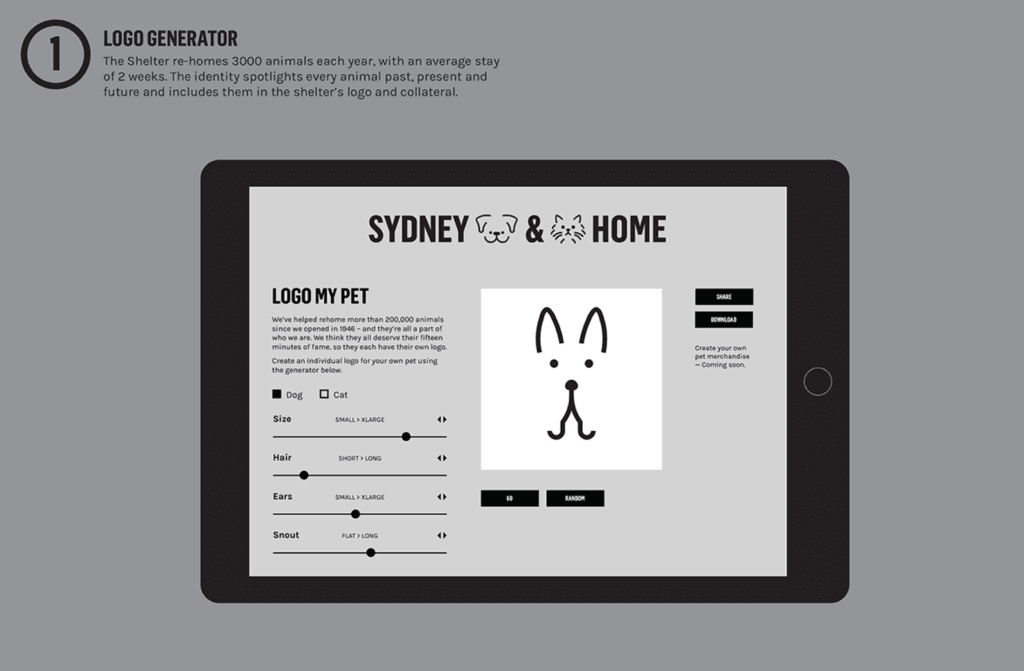


“This way of thinking about identity design only works when it’s an outgrowth of the brand’s distinctive DNA – some essential characteristic of the company or organization, whether it’s the nature of change, the style of a building, or illustrating the whimsy needed to play in a specific industry. Some brands might need to show diversity of service or product, while others see flexibility as a crucial competitive advantage, and other organizations have evolution written into their foundations.”
With all of that said, is dynamic branding right for you? I believe the correct answer here is “maybe”. While it’s always exciting and ‘oh-so-tempting’ to jump onboard with the latest trends, in this case you should resist the urge and take a minute ask yourself: is dynamic branding really right for me?
Dynamic branding should not be used for the sole objective of standing out from your competition by being trendy and visually eclectic — it should instead be used with careful consideration, and only as a visual formula to benefit a real-world requirement.
While every project is different and careful consideration should be given on a project-by-project basis, a good rule of thumb when deciding whether to choose dynamic branding is to explore it only if it reflects a core attribute of the company it represents. This concept is further explained in this article here “The Future is Fluid: Inside Dynamic Logos“, published on Hexanine”:
“This way of thinking about identity design only works when it’s an outgrowth of the brand’s distinctive DNA – some essential characteristic of the company or organization, whether it’s the nature of change, the style of a building, or illustrating the whimsy needed to play in a specific industry. Some brands might need to show diversity of service or product, while others see flexibility as a crucial competitive advantage, and other organizations have evolution written into their foundations.”
Still unsure if dynamic branding is for you? We can help you figure it out. We’ll help you surface strategic insights on how to position your brand and design a compelling identity system that expresses who you are. Connect us with today.





